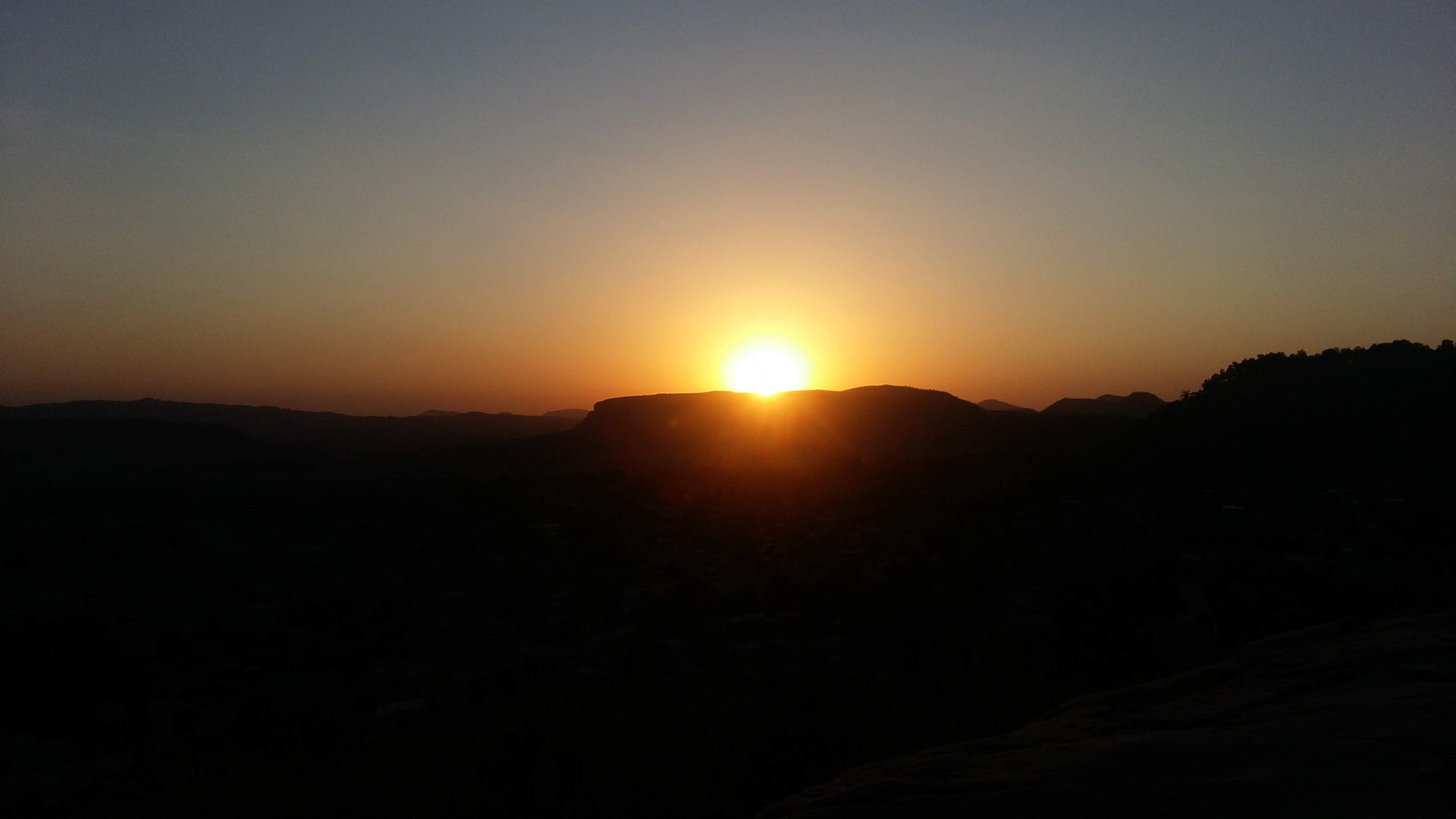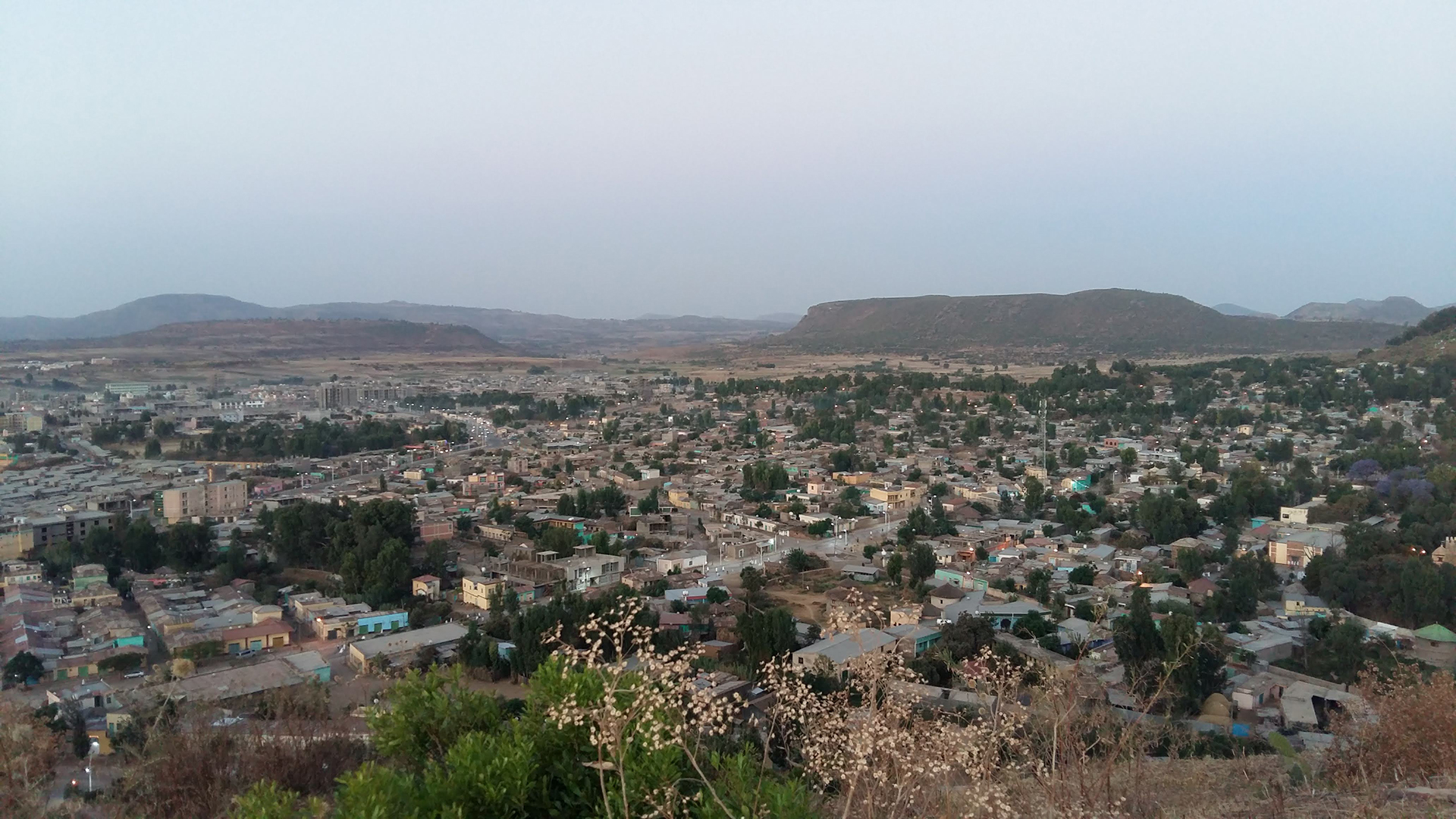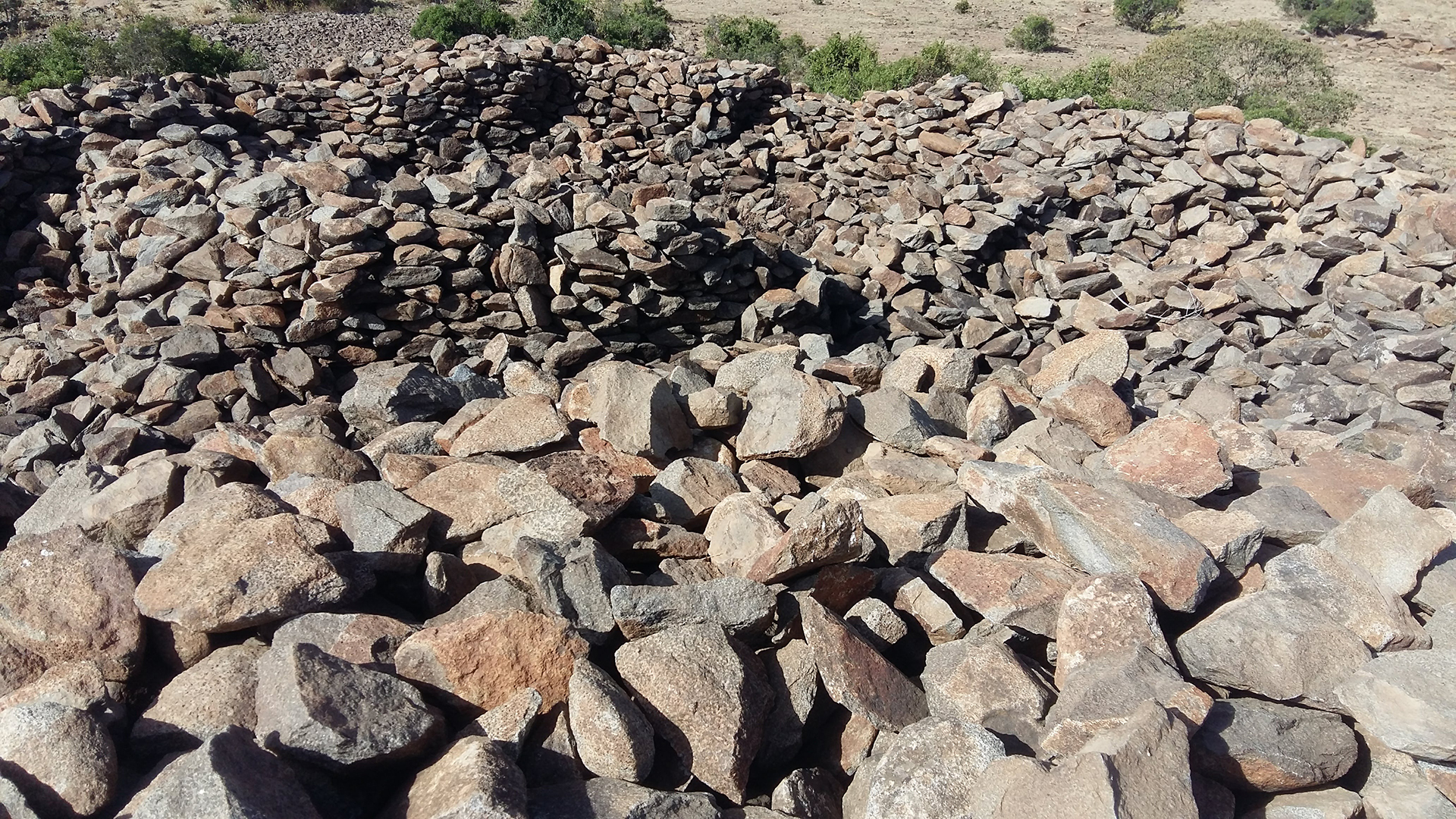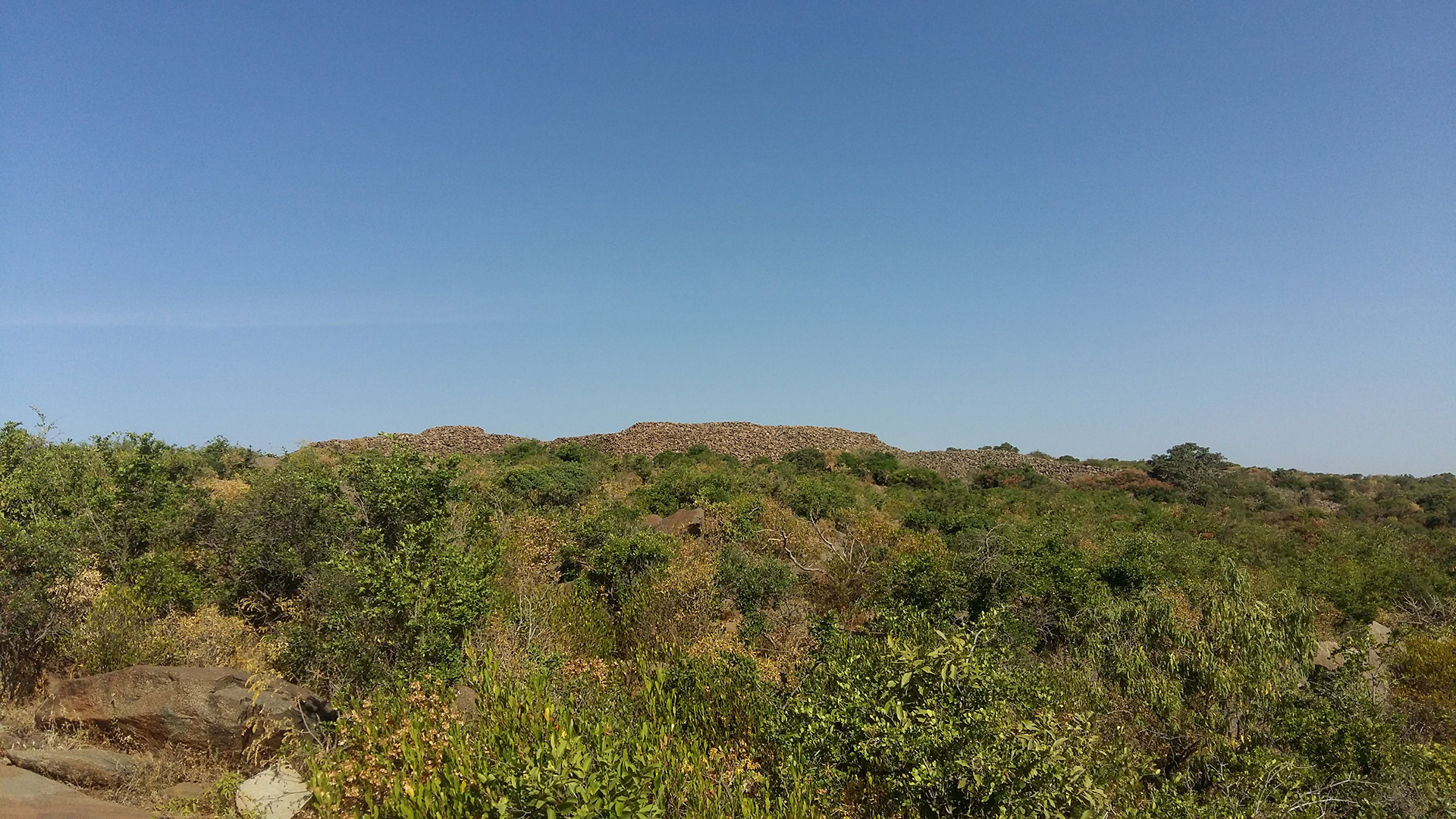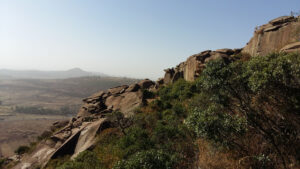Gobo Dura, located few kilometers west of Axum town, off the Shire road, is the birthplace of the famous stelae. It is where the megalithic monuments at Axum Stele Field and the rest of Axum have been curved.
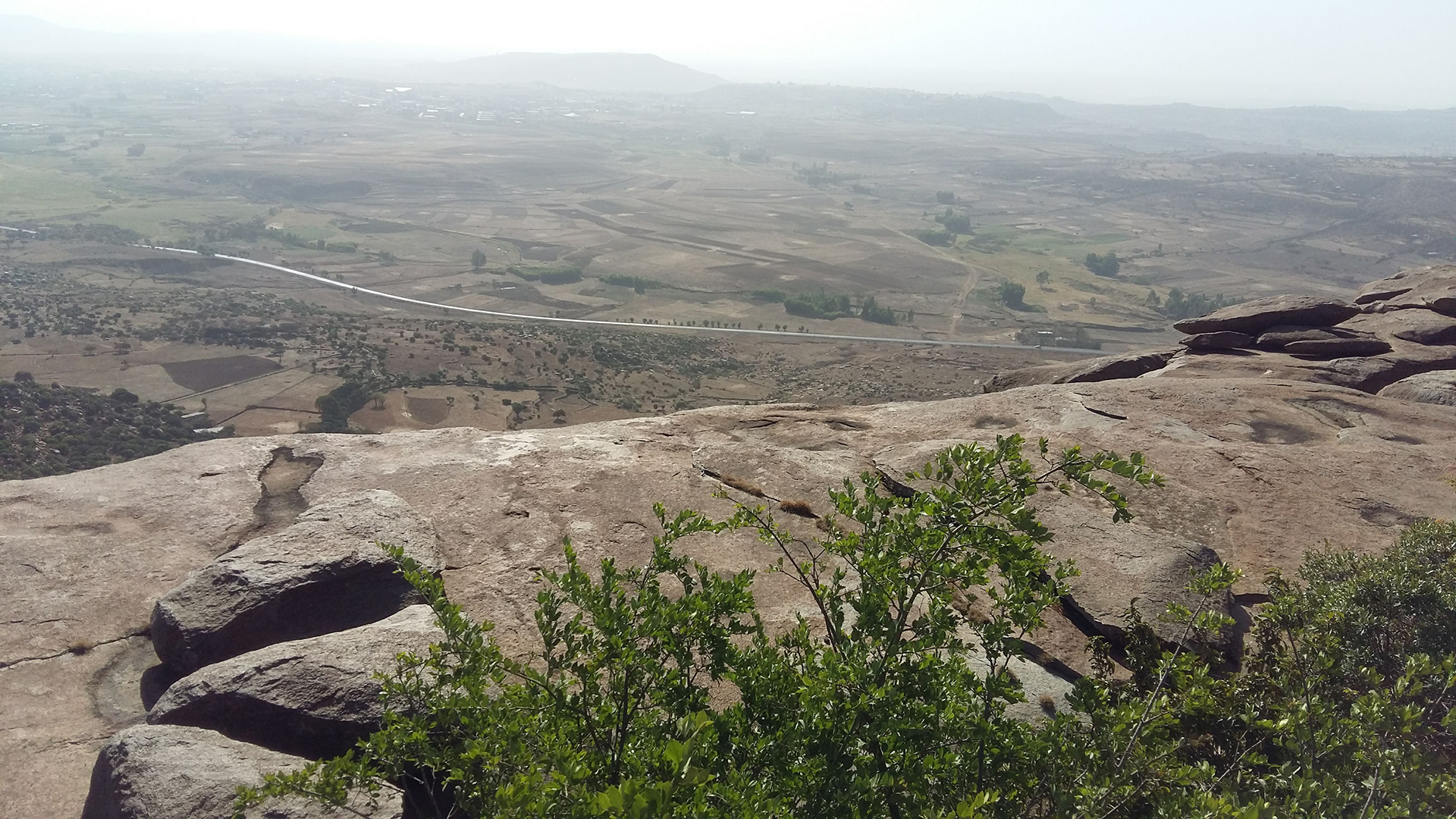
- Sunset over Mt. Durra
- Mt. Durra from Mai Koho.
A site known as Wuchate Golo is one of Aksum’s four ancient quarries. Several stelae (all unmarked) were almost completely freed from the rock, can be seen in the area abandoned.
Mystery still surrounds the exact tools that were used by the master craftsmen of Aksum, but in the quarry you can see clearly the process by which they cut the hard stone from the rock. After the intended break was mapped out, a row of rectangular sockets was cut. Then, perhaps, dry wooden wedges were inserted into the sockets and made to expand by the use of water.
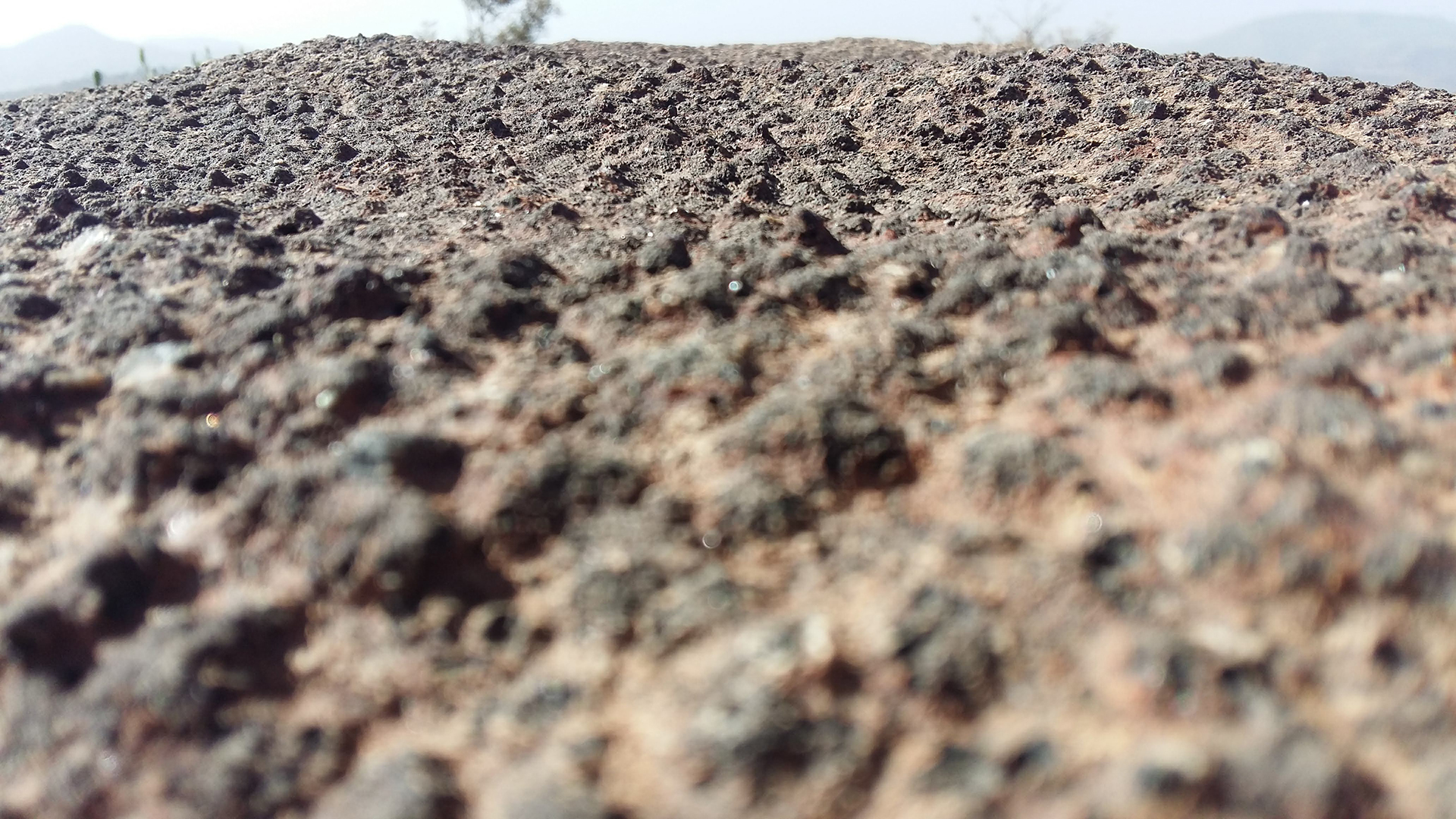
While climbing to the mountain, you’ll find a stone art precisely displaying a lioness. The origin of the three-meter-long sculpture, engraved on a huge syenite boulder, has been a mystery for quite some time. One local story holds that the carving is a relic from a tremendous battle between a wild lioness and the archangel Michael. It is said that when Michael hurled his opponent into the rock, the impact was so great that the beast’s outline remained. The truth is still a subject of speculation, but the stone lioness is likely thousands of years old.
At Hadgi, while we believe that these all things were works of ancient Axumite craftsmen and women, like in many of the monasteries in Tigrai, this could just a legend of religion.
Apart from the huge stones, that were left unfinished stelae, there are pieces of stones collected atop the mountain plateau, which are told to be contributions of each soldier ordered and a means to count how many soldiers Queen Yodit Gudit had at that time.
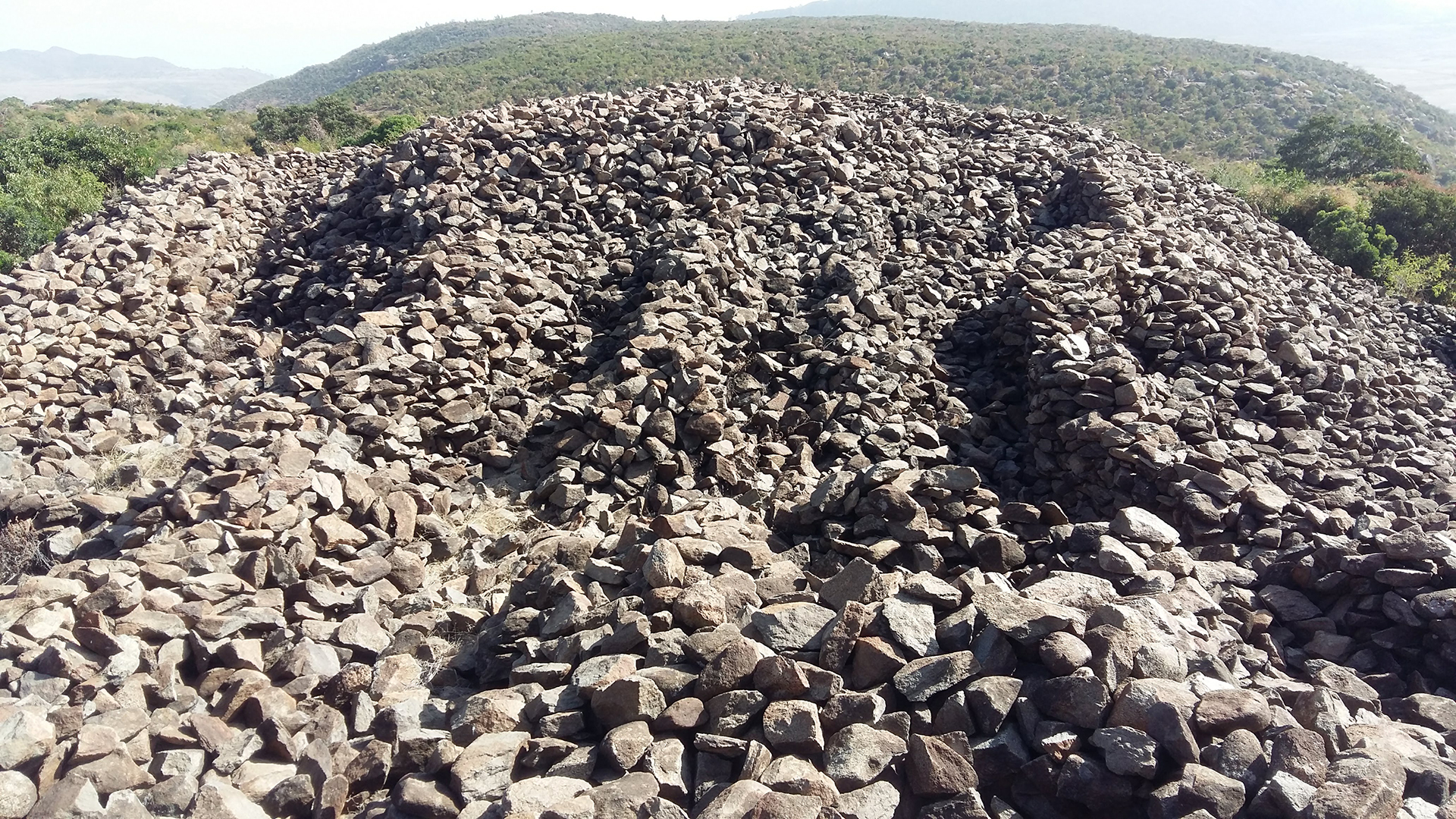
When you hit the stones, they produce sounds like solid metal steels.

